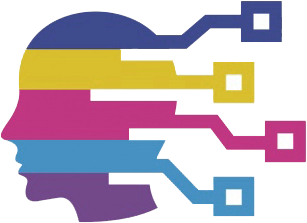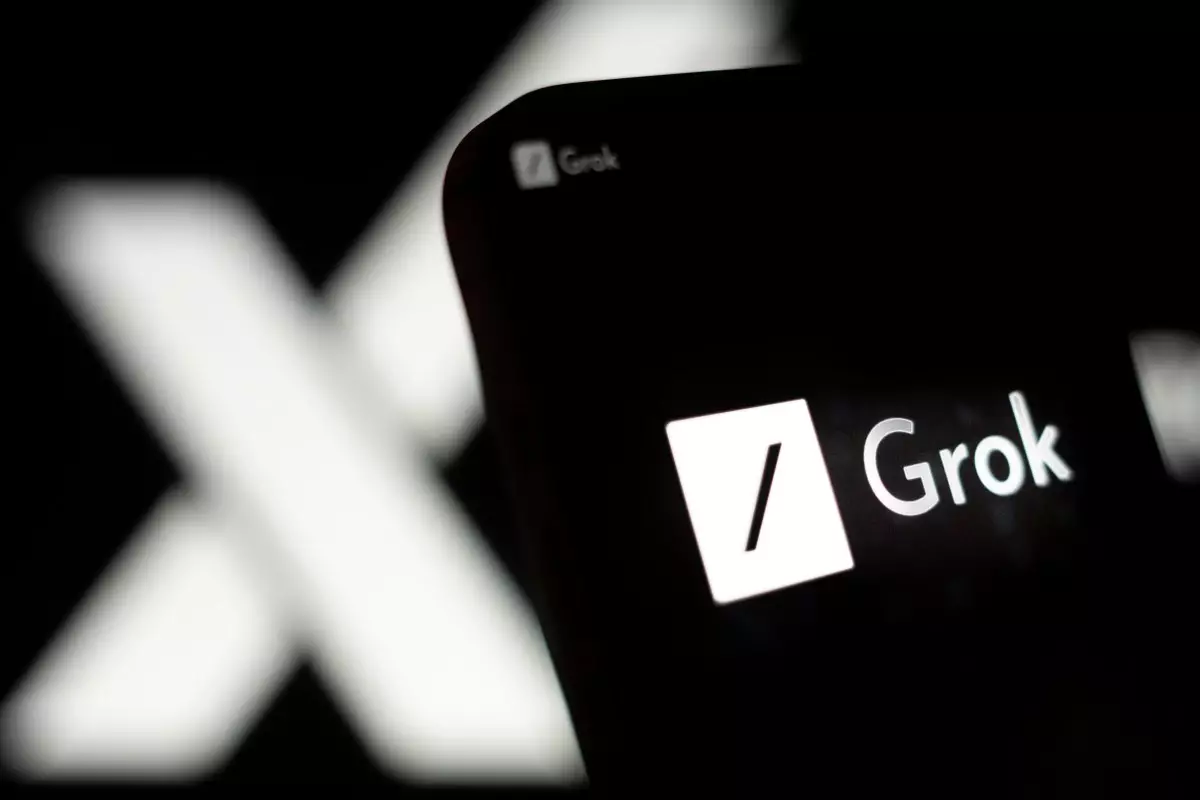Elon Musk’s foray into artificial intelligence with his company, xAI, has raised eyebrows and expectations alike. As digital interactions evolve, Grok, xAI’s flagship chatbot, is striving for excellence by integrating advanced features that mirror those of its competitors, such as ChatGPT and Google’s Gemini. Recently, Grok has introduced an innovative memory function designed to enhance user experience significantly. This feature holds the potential to reshape how users interact with AI, making conversations more personalized and context-aware.
Understanding the Memory Feature
At the core of Grok’s newfound capability is its ability to remember information from previous conversations. This memory feature allows the chatbot to retain and reference details about user preferences, thereby tailoring responses to provide more relevant suggestions and advice. Unlike many predecessors, Grok emphasizes transparency, allowing users to see precisely what the bot remembers and enabling them to manage this information actively. The implication is clear: not only does Grok seek to engage in ongoing dialogues, but it also positions itself as a trustworthy companion that respects user autonomy.
A Competitive Edge: Learning from Rivals
The introduction of memory in Grok mirrors functionalities found in ChatGPT and Gemini, indicating a broader trend towards personalization in artificial intelligence. While similar features have existed for some time among competitors, Grok steps up by offering users a robust set of controls to dictate what is retained or forgotten. Such controls are crucial in a digital age where users are increasingly concerned about privacy and data management. This user-centric approach could serve as a distinct advantage for Grok over its rivals, appealing to those who value agency over their digital interactions.
The Rollout and Limitations
Currently, the memory feature is accessible in beta on Grok’s website and mobile applications for iOS and Android, although availability is restricted in regions such as the EU and U.K. This selective rollout raises questions about regulatory compliance and market strategy. While Grok aims to refine its offerings, the lack of access to certain demographics may hinder widespread adoption. However, allowing users to toggle the memory function on or off signals a commitment to user comfort and control, distinguishing Grok in an increasingly saturated market.
The Future of Grok and Personalized AI
Looking forward, the introduction of the memory feature could represent a pivotal moment for Grok. As artificial intelligence continues to permeate everyday life, the demand for more personalized and engaging interactions is undeniable. By ensuring that users can interact freely while also maintaining awareness and control over their data, Grok stands to carve a unique niche for itself. The promise of an AI that can learn and adapt to individual preferences is not just a technological advancement; it is a glimpse into a future where human-like understanding in machines becomes increasingly commonplace. Grok is not just playing catch-up; it aims to redefine what it means to converse with a computer.

